One day the Antrim secretary Frankie Quinn asked Ollie Bellew if he would listen to Cavan. They needed a hurling manager.
Algorithms had been excluded from the matchmaking process. It was a blind date. The only thing Bellew knew was his prejudice. He didn’t have a viable second thought.
“I made the same derogatory comment that everybody else does, ‘I didn’t even know they had a hurling team’ – they were my exact words,” says Bellew.
“I’ve heard it so many times since. When we went down at the start [in 2020] it nearly justified itself because the first night I arrived 15 hurlers turned up and only 12 of them were fit to train. Within a month we had a full in-house training match, with substitutes. Word got about that myself and Tom [Mannion, Cavan coach] were serious.”
Cavan trained on Tuesday night, four days after their opening game in Division 3A of the National League, and three months after an attempted mugging by the GAA’s Central Competitions Control Committee. Cavan and four other counties were threatened with exclusion from the National League, essentially on grounds of cost, and their exile would continue until they could muster five hurling clubs, each.
Money would be diverted to seed the ground. They would pray for rain. Or climate change. The proposal died of uproar.
The migraine cleared. Teaching in Dublin Shane Briody arrived home to Cavan shortly after 5 o’clock on Tuesday and checked the Spond app on his phone. Twenty-nine players had confirmed they would be at training in Breffni Park, two hours later; another seven accounted for their absence.
The session would start in the gym and finish with a video review some time after 9.30. Showered and fed and out by 10. It could have been any intercounty training session, any Tuesday, anywhere. From site to site, best practice has a familiar scaffolding now.
Briody plays corner-back and before the Sligo game Mannion had sent him eight or nine video clips of the guy he would be marking, followed by a phone call to tease it out. In contravention of Cavan’s plan, Sligo scored four goals in the first half. On Tuesday night, Briody was expecting a detailed report from forensics. No hiding.
“Some people might think that it’s some kind of pub team,” says Briody. “I wouldn’t be going in if I felt it was below standard or lads were taking the piss. I wouldn’t be there if it wasn’t a good set-up. It’s as ultra-professional as you can ask for.”
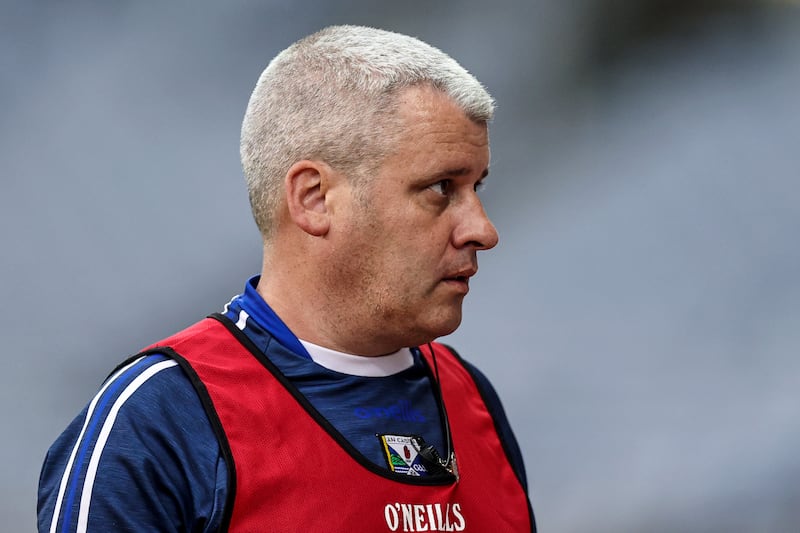
For Cavan, and the other counties who found themselves under siege, that was at the heart of their outrage; did the authors of this proposal not understand their seriousness? Did they think that hurling for their county was trivial? Not an act of passion?
“It was strange how the whole thing was communicated,” says Matthew Hynes, another Cavan player.
“You’d think for something as big as that there would have been some form of consultation, through the players, through the clubs, through the chair people. You were getting this WhatsApp message coming out saying they were going to remove Cavan and four other counties from the league.
“There was a huge backlash from players and ex-players. Even from our own county board – they weren’t expecting it either. It was bizarre. We were taken aback. We won the Division 3B League final against Leitrim last year. A great match. We won by a point.
“Coming into this year we were thinking, ‘we’re going into [Division] 3A, it’ll be good competitive matches’. And you kind of feel like the whole thing is pointless. You feel like giving them back the 3B cup.”
As a GAA community, Cavan’s relationship with hurling is platonic. They have been wedded to football since time began and had no mind for a mistress. For decades the game was sustained by a cell of local fanatics and blow-ins from places where hurling was cherished. As a model for progress, it had no legs. In 2011, Cavan withdrew their hurling team from intercounty competition and for six years it lay dormant.
“Even chatting to lads who were playing back then,” says Briody, “there could be a league game [with Cavan] and lads would play a division three football league game with their club instead and not bother showing up. At that stage, Mullahoran basically was the county team. It wasn’t really taken seriously, whereas now its just worlds apart from that.”
When the team was restored, the environment around it needed to change. In the reboot Dinny Cahill from Tipperary came for a year, a cyclone of energy blowing through. That was the new baseline.
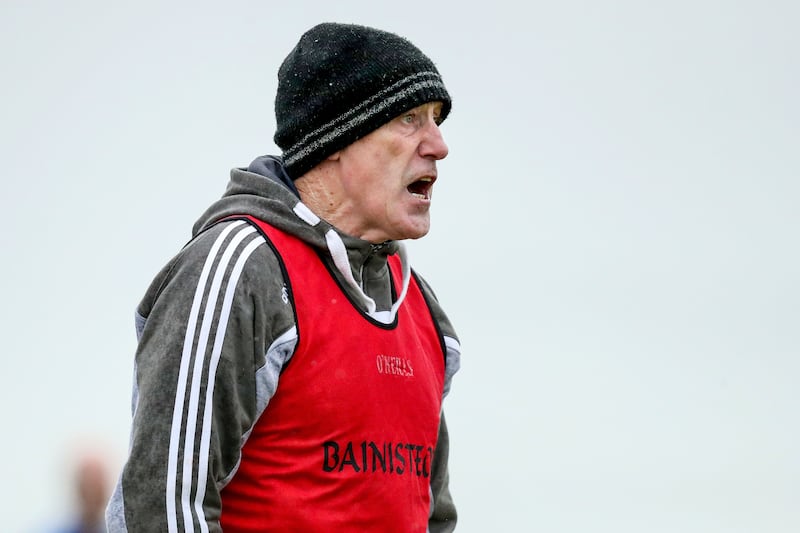
“Dinny got the ball rolling,” says Hynes. “He was a great trainer, he just didn’t have the resources. He probably didn’t have the full backing of the county board, but that has seriously changed over the years.”
By the time they approached Bellew they knew they had players who wanted to do better. Bellew was an experienced hand. He had coached University of Ulster in the Fitzgibbon Cup, led his own club St Gall’s to the only Antrim final in their history and had been involved with Antrim at every level. Going to Cavan was like leaving one of the major studios and making something they might like at Sundance.
“I’ve done my fair bit and Cavan just came from left field,” says Bellew. “I kind of wondered why they wanted me to go, I couldn’t understand it. I said to Frankie Quinn [Antrim secretary], ‘Why?’ He said a very simple thing, ‘They’ll like you and you’ll like them.’
“It was a leap of faith. Cavan had traditionally finished bottom of the pile. So, realistically, you weren’t setting yourself up for a fail. Anything you did would hopefully be an improvement. I had no understanding what the numbers were but I knew if we could get 30 players out we could do something with them. We could mould them, we could improve them.”
Within two years they had reached the final of the Lory Meagher Cup, the first time in over a hundred years that a Cavan team had hurled in Croke Park. Then Bellew and Mannion stepped away for a year, “just with cold exhaustion”.
Mannion was coming from Castlegar in Galway; Bellew was travelling from Belfast. Every training session was a four-hour round trip.
“But then things went belly-up and the county came back and spoke to us.”
In their first year back, Cavan won Division 3B of the National League.
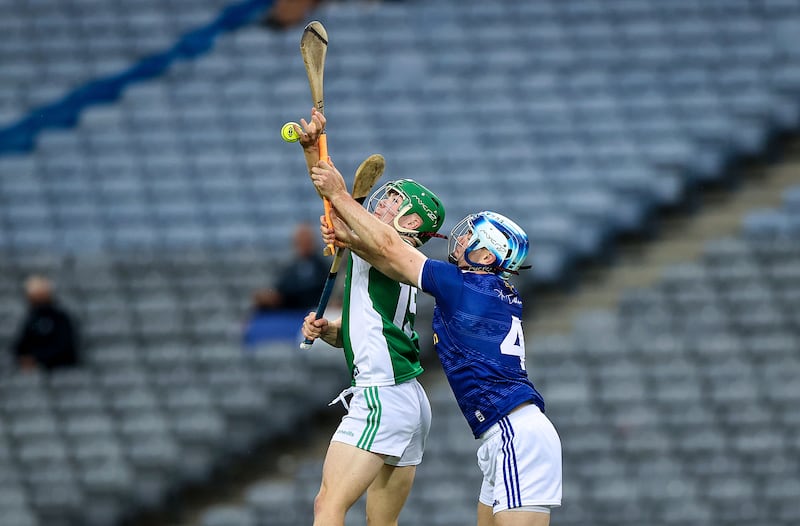
For counties like Cavan it is a numbers game. As it stands, there are three adult clubs. A few years ago Pearse Óg started up in Cavan town, casting wide for aspiring hurlers in football clubs miles away, but it didn’t last.
Pearse Óg, though, gave Briody his start. In his GAA life he had been a top class handballer and a fine club footballer, but he harboured unrequited feelings for hurling. He was 28 before he played his first hurling match.
“I always had an interest but there was never really an outlet. My granny had played camogie for Cavan. My Mam would have played. A coach would have come into the primary school when I was there and done a bit but like we had a tiny, tiny primary school. There might only have been six lads in 5th and 6th class. We used to enter the indoor hurling, that’s as far as we got. After that, nothing throughout secondary school.
“I got to college and fell in with a few Wexford lads. I used to puck around with them on the pitch, but nothing. There was no outlet. I’m from Ballyhaise – I’m not going to go and join Mullahoran or Cootehill just to play hurling.
“When I went in first [with the Cavan hurlers] I was still committed to football. We had a new manager in the club and I told him I was going to give the hurling a go and I’d try to fit the football in around it. He just told me I was wasting my time – that was kind of the attitude. Even my friends would have been like, ‘What are you at?’ And I would have been of the same opinion until things were reformed.”
Like most counties in the bottom two divisions of the league, Cavan needed hurlers to land in their lap too. Canice Maher and Nicky Kelly came from Kilkenny and put down roots in Cavan; in his day, Maher had been captain of the Kilkenny minors. Liam O’Brien was a Waterford man who made a pledge to the cause.
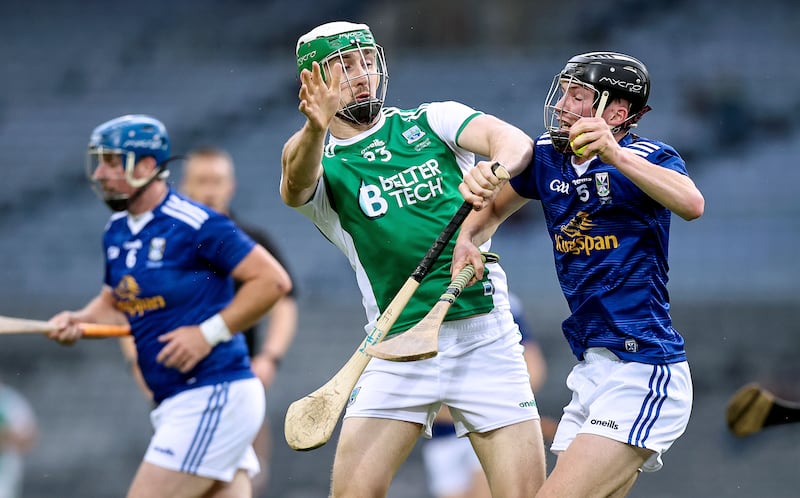
The other potential source of talent was the so-called, “guest” players, who didn’t live in the county but were tied by blood. The Sheanon brothers, Colum and Cillian, and their cousin John had won club All-Irelands with Cuala, but their roots in Cavan went back generations. They were approached and agreed to play. Dillon Mulligan from Kilmacud Crokes is a grandson of Charlie Gallagher, one of the great Cavan footballers. He agreed too.
“These players would have raised the profile of the team,” says Kevin Carney, who has been immersed in Cavan hurling all his life, as a player, coach and journalist.
“They raised the bar and they inspired the home-grown players to up their commitment. But we’re no longer relying on guest players for Cavan to put up performances.”
Cavan will play Louth in the second round of the league this weekend, another of the teams whose participation in the competition was imperilled before Christmas. In the lower tiers, every county’s circumstances are different, but common ground is easy to find.
“It’s nearly a battle up here on the field and off the field,” says Peter Fortune, who moved to Louth from Carlow, and has been playing senior hurling for them for the last five years.
“You’re constantly trying to find that bit of space for hurling to grow and let it breathe a bit. I suppose that was the challenge I had in my first years here. There’s people up here who are nearly more passionate for hurling than anywhere else because of how much they have to put into it – just to make sure it survives.”
The CCCC’s argument was that nothing will ever change in these counties unless the game is nourished at its roots. That work requires funding, and the money must come from somewhere.
But why should players be punished for the GAA’s institutional failure to propagate the game in places where, historically, it has been shunned? Was that an enlightened approach? Within a couple of weeks, the proposal was crushed. Which only meant the fighting could resume on the home front.
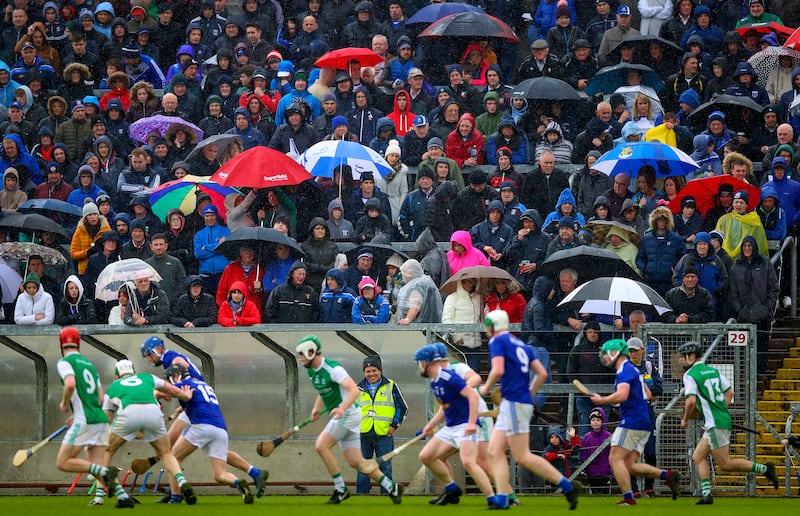
“You would feel more respected, definitely after last year,” says Hynes.
“But there’s a culture of football in Cavan and it’s tough trying to compete with it. It’s an awful thing to say, but there is still a degree of sneering within the county towards the hurlers. But there is definitely more respect too. It definitely has improved.”
Sligo were 1/33 to beat Cavan last weekend in Markievicz Park. The visitors trailed by 15 points at half-time and ended up losing by four. On their terms, it was another leap.
“If it wasn’t for ten minutes of panic during that game on Saturday we probably would have got something out of it,” says Bellew.
“We probably had the game of the weekend. It was an unbelievable match. If you came into our changing room on Saturday you’d be as proud to be in our changing room as you would in any other county. Just guys who are committed to it. Fanatical about it.
“I know people laugh and think, ‘It’s Cavan.’ But we don’t f**k about. We’re the exact same as everybody else.”
It needed to be said. Once is enough.
- Sign up for push alerts and have the best news, analysis and comment delivered directly to your phone
- Find The Irish Times on WhatsApp and stay up to date
- Our In The News podcast is now published daily – Find the latest episode here



















